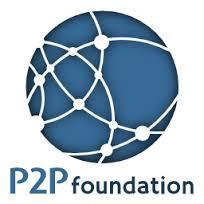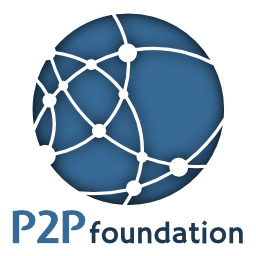Excerpted from Dan McQuillan: “There are interesting weaknesses at the core of scientific hegemony. While most scientists choose to present their practice publicly as an infallible machine for the production of truths, the opinions behind the curtain are far more mixed, and for good reason. Even hard science is not immune to distortion by group-think …
Research and publish the best content.
Get Started for FREE
Sign up with Facebook Sign up with X
I don't have a Facebook or a X account
Already have an account: Login
on peer-to-peer dynamics in politics, the economy and organizations
Curated by
jean lievens
 Your new post is loading... Your new post is loading...
|
|












